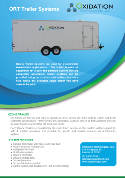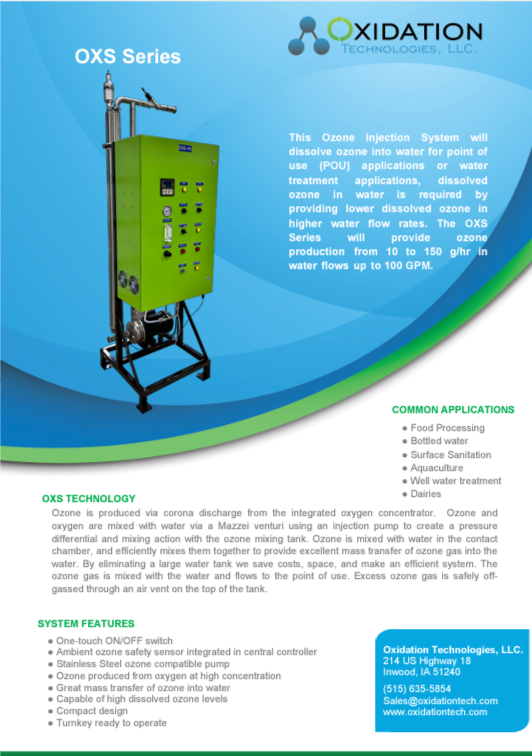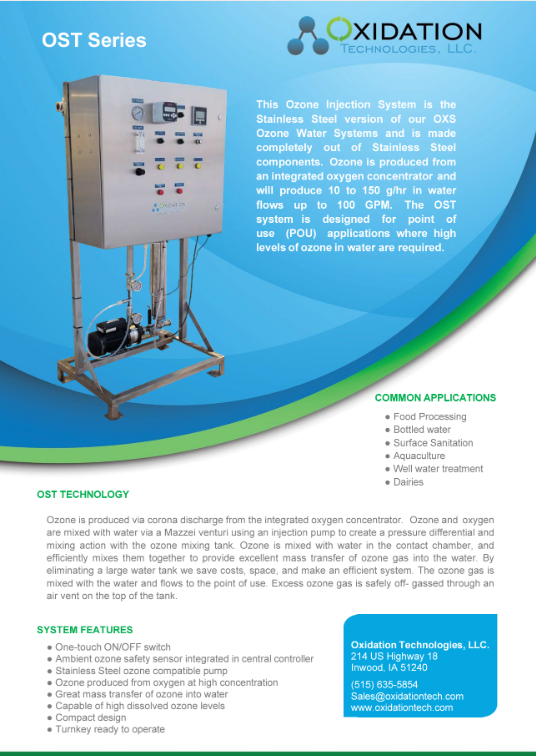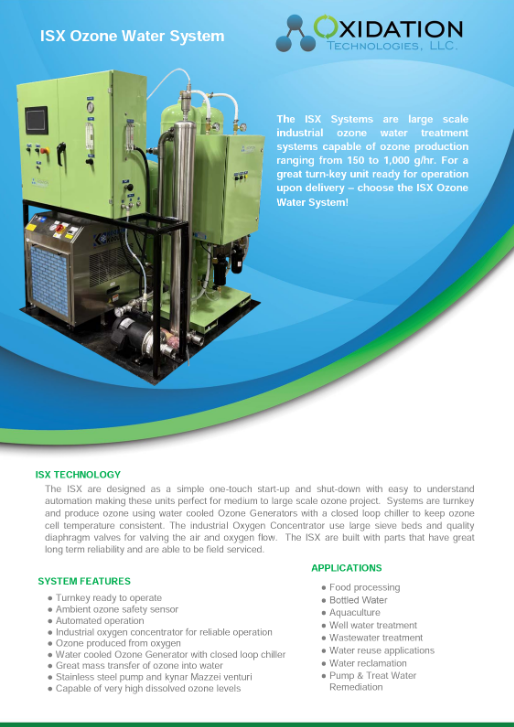Ozonation of Soluble Organics in Aqueous Solutions Using Microbubbles
Courtesy of: Ozone: Science & Engineering The Journal of the International Ozone Association
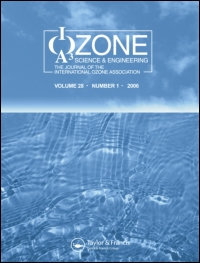 Authors: Angela B. Walker, Costas Tsouris , David W. DePaoli & K. Thomas Klasson
Authors: Angela B. Walker, Costas Tsouris , David W. DePaoli & K. Thomas Klasson
Pages 77-87 | Received 29 Feb 2000, Accepted 11 Jul 2000, Published online: 21 May 2007
Abstract:
This work investigates ozonation of a mixture of benzene, toluene, ethylbenzene, and xylenes (BTEX) dissolved in aqueous solutions having salt concentrations ranging from 0 to 2 M. The effect of microbubbles on the ozonation rate is examined. Microbubbles are formed either by an electrostatic spraying method or by a small-pore bubble diffuser. Although electrostatic spraying is effective for BTEX removal in low-conductivity solutions, results indicate it is not suitable for microbubble formation in high-ionic-strength solutions due to high electric current. In contrast, the bubble-diffuser method proved to be very effective in producing small bubbles in high-ionic-strength solutions. The production of small bubbles makes it possible to mitigate the mass transfer limitation, which has been shown to be the primary restriction in ozonation systems. When a bubble diffuser is employed, the removal rate of BTEX from simulated seawater is approximately twice that obtained with a simple capillary tube.
Link to access full paper below:
https://www.tandfonline.com/doi/abs/10.1080/01919510108961990
Become a member of the IOA and receive the Ozone Science & Engineering Journal in the mail, and full online access:








